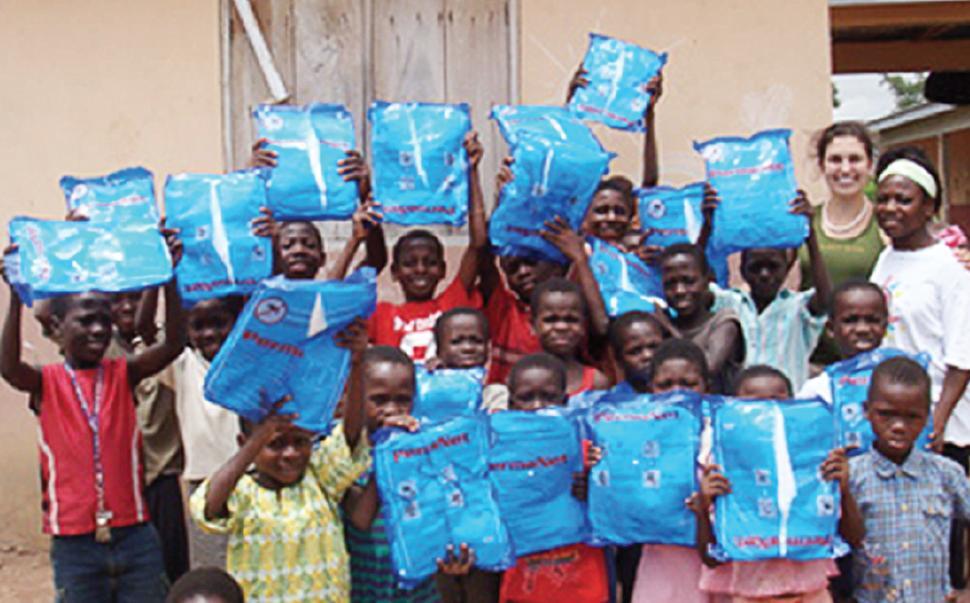Pathways to Knowledge: Princeton’s Certificate Programs
The Alumni Weekly provides these pages to the president.
One of the most distinctive features of a Princeton education is the opportunity it offers undergraduates to acquire “certificates of proficiency” in 46 areas of study that transcend the boundaries of their departmental concentrations—from African American studies to finance; from dance to geological engineering. Beginning with the establishment of the School of Public and International Affairs in 1930, Princeton has encouraged its faculty to develop curricular programs that incorporate the insights and methods of multiple disciplines. When, for example, the Divisional Program of Humanistic Studies was launched in 1936, it brought together the departments of art and archaeology, classics, English, history, modern languages, and philosophy with the object of affording “an effective means by which many of the resources of a modern university may contribute toward the unified education of an individual.”
As our faculty started working across departmental lines in pursuit of this goal, some wonderful things began to happen. The watertight compartments into which knowledge had hitherto been largely divided began to spring leaks, revealing crucial commonalities; new subjects that could only be addressed collaboratively began to coalesce; and students found a structured way in which to explore topics that did not fall neatly into any one discipline—some closely related to their departmental concentrations and others far removed from it. While our programs, which conferred 586 certificates last year (with 131 students earning two or more), have varying prerequisites and requirements, they share a common commitment to fostering intellectual breadth, to cultivating specialized expertise through independent work, and to promoting curricular coherence. To illustrate these qualities, let me briefly describe three relatively new additions to our academic roster.
The Program in Translation and Intercultural Communication, inaugurated in 2007 under the leadership of Professor of French and Italian and Comparative Literature David Bellos, embraces a remarkable range of issues of interest to disciplines as disparate as computer science, religion, and creative writing. Students are encouraged to think of translation not simply in lingual terms but also as a means of understanding and bridging different cultures, times, and epistemologies; as a process that reveals the limits and potential of both human and artificial intelligence while raising a host of fascinating questions such as “What is a language?” or “How does the brain perform translation?” or “How does one translate the language of a poem?” By bringing students—and faculty—together to discuss their respective encounters with translation, the program has created a true crossroads of the mind.
In 2001, Professor of Psychology Jonathan Cohen and Professor of Molecular Biology Lynn Enquist launched our Program in Neuroscience, allowing scores of students to zero in on what for me is one of the most exciting fields in biomedical science today—the study of the human brain. Open to students from all disciplines, the program is now a curricular lynchpin of the Princeton Neuroscience Institute, which was established in 2005 to coordinate and expand teaching and research in this area. Students are expected to conduct in-depth theoretical or experimental research and can, if they choose, pursue a special track in quantitative and computational neuroscience, one of Princeton’s particular strengths. An impressive number of senior theses have emerged from the program, exploring questions that range from “Motor Neuron Resistance to Degeneration in Amyotrophic Lateral Sclerosis” to “The Effects of Sleep Deprivation on Working Memory and the Role of Caffeine”—questions that require students to delve deeply but with multidisciplinary tools.
A third feature of our certificate programs is the scope they offer for bringing coherence to course offerings in areas of scholarly interest for our faculty. In 2008, under the aegis of the Center for Health and Wellbeing, then headed by Christina Paxson, professor of economics and public affairs and now dean of the Woodrow Wilson School, we established a Program in Global Health and Health Policy. While Princeton has no medical school, it can draw on an outstanding cadre of natural and social scientists to introduce our undergraduates to both epidemiology and public health—to both the global manifestations of disease and our social, economic, and cultural responses to them. Courses once taken in isolation, such as “Pathogenesis and Bacterial Diversity” or “Bioethics and Public Policy,” now form part of a coherent whole, anchored by two core courses and a dose of real-world experience in the form of a summer research project. Supported in many cases by Adel Mahmoud Global Health Scholarships, students are immersed in work that bears directly on human health, be it exploring “barriers to HIV prevention and treatment for Arab women” or developing “a portable cervical cancer detection and lesion ablation technology.”
And this is just a taste of what our certificate programs offer, thanks to the boundless creativity and curiosity of our faculty and students.













No responses yet